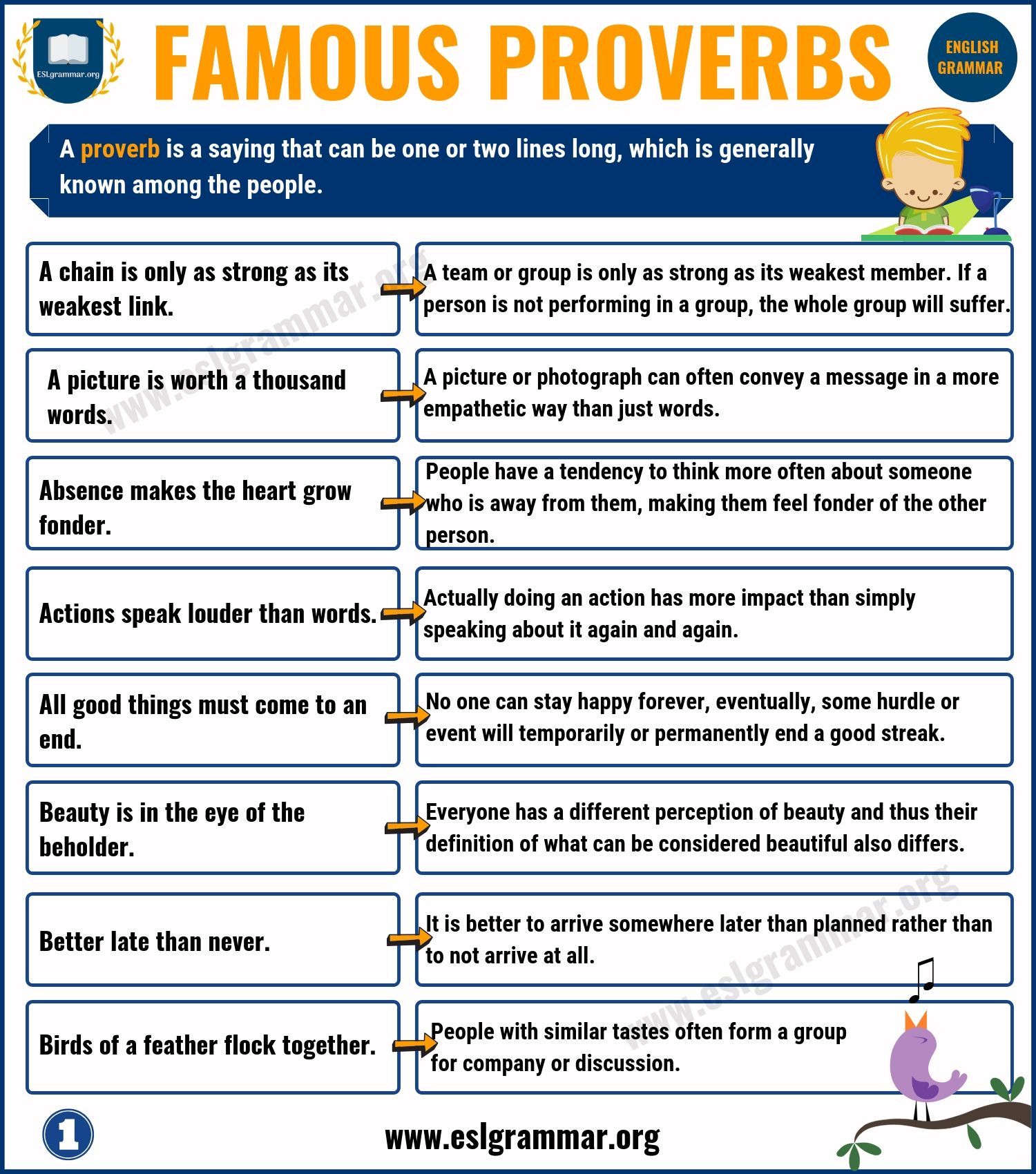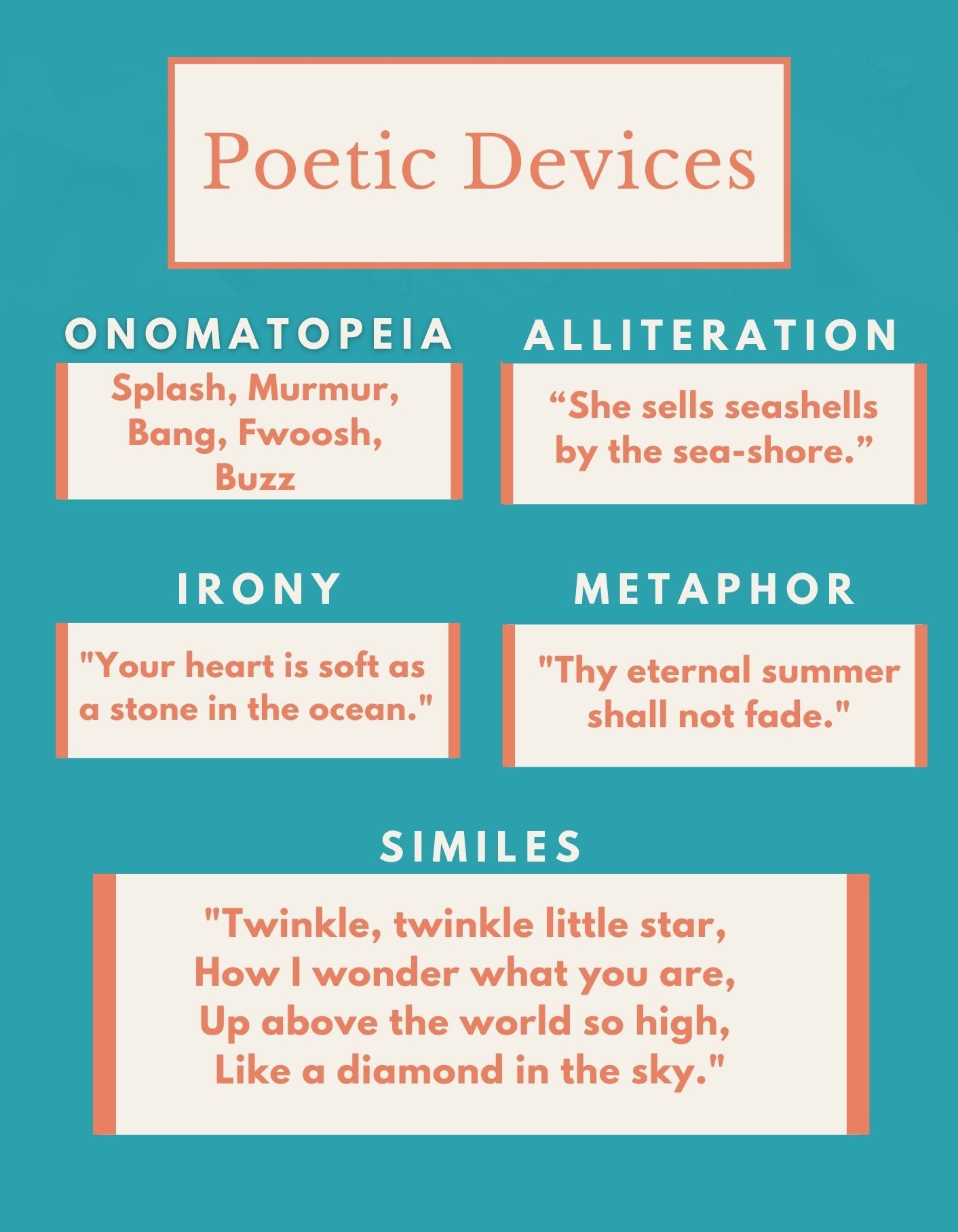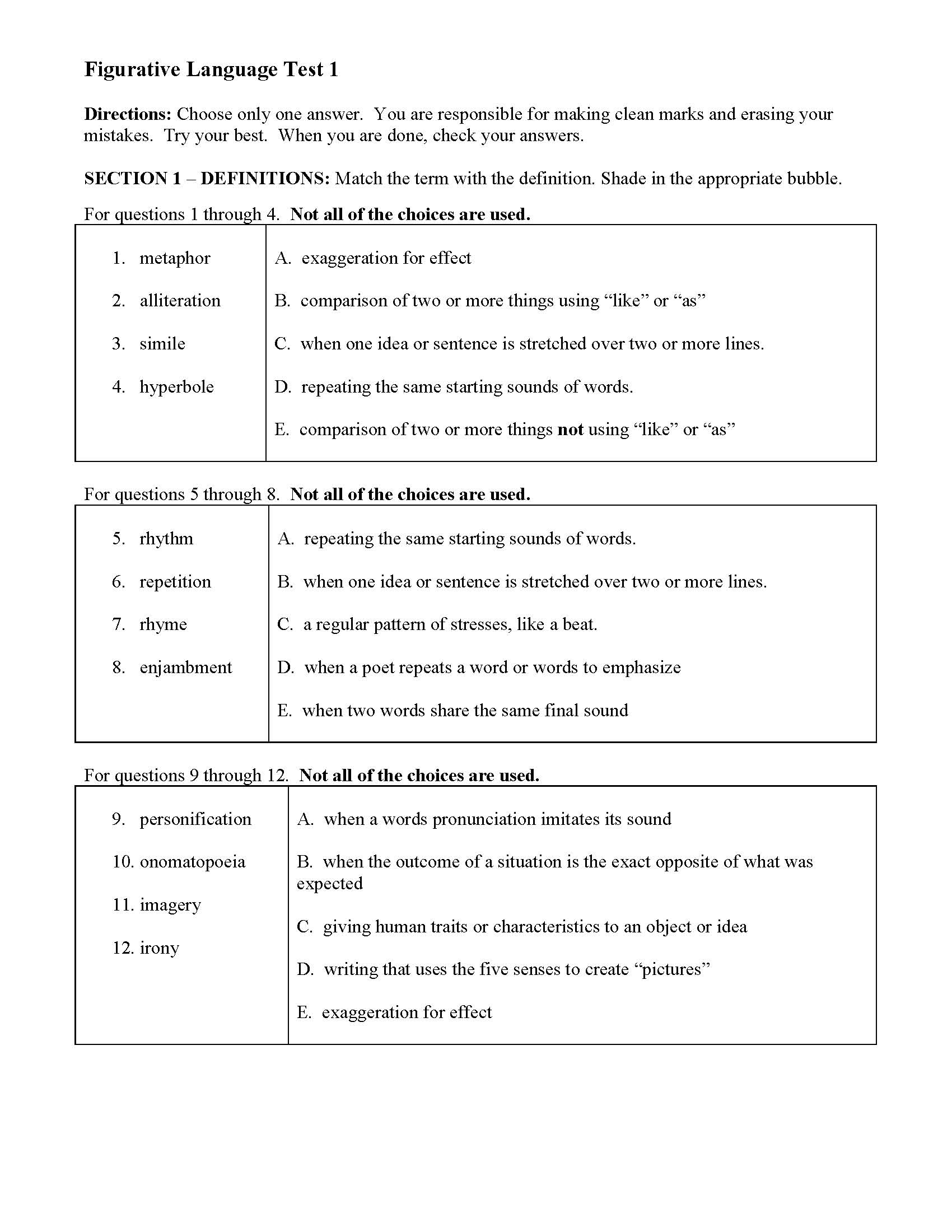
Figurative language is a crucial element of language and literature, allowing writers and poets to convey complex emotions, ideas, and imagery in a way that literal language cannot. Understanding and identifying figurative language is essential for students to fully appreciate and analyze literary texts. To help students develop this skill, here are five figurative language worksheets with answers in PDF format.
Why Use Figurative Language Worksheets?
Figurative language worksheets provide students with a structured and engaging way to learn about and practice identifying different literary devices, such as metaphors, similes, personification, hyperbole, and more. These worksheets can help students:
- Develop a deeper understanding of literary devices and their uses
- Improve their critical thinking and analytical skills
- Enhance their ability to identify and analyze figurative language in texts
- Build their vocabulary and communication skills
Worksheet 1: Identifying Similes and Metaphors

This worksheet asks students to identify and explain similes and metaphors in a series of sentences. Students will learn to recognize the differences between these two literary devices and understand how they are used to create vivid imagery.
Worksheet 2: Personification and Hyperbole

In this worksheet, students will practice identifying personification and hyperbole in a series of sentences. They will learn to recognize how these literary devices are used to create emphasis and add depth to language.
Worksheet 3: Alliteration and Onomatopoeia

This worksheet focuses on alliteration and onomatopoeia, asking students to identify and create examples of these literary devices. Students will learn how alliteration and onomatopoeia are used to create musical and sensory effects in language.
Worksheet 4: Idioms and Proverbs

In this worksheet, students will learn to identify and explain idioms and proverbs. They will understand how these expressions are used to convey complex ideas and cultural values.
Worksheet 5: Literary Devices in Poetry

This final worksheet asks students to identify and analyze literary devices in a poem. Students will learn to recognize how poets use literary devices to create meaning and convey emotions.
Gallery of Figurative Language




FAQs
What is figurative language?
+Figurative language is language that uses words in a way that deviates from their literal meaning in order to convey a particular idea or feeling.
Why is it important to understand figurative language?
+Understanding figurative language is essential for interpreting and analyzing literary texts, as well as for communicating effectively in everyday life.
What are some common literary devices?
+Common literary devices include metaphors, similes, personification, hyperbole, alliteration, and onomatopoeia.











